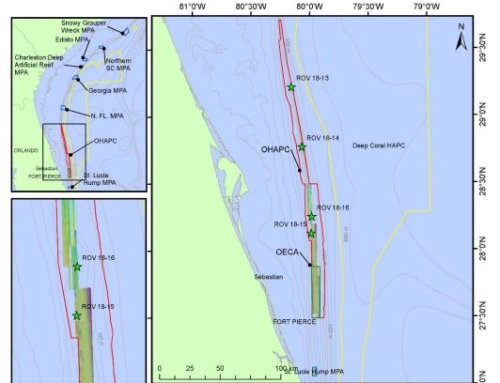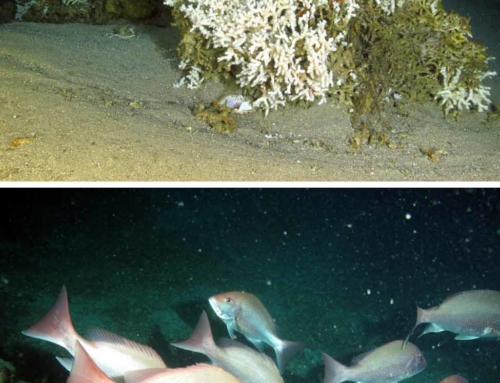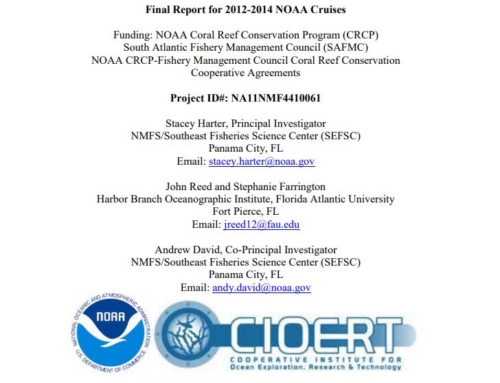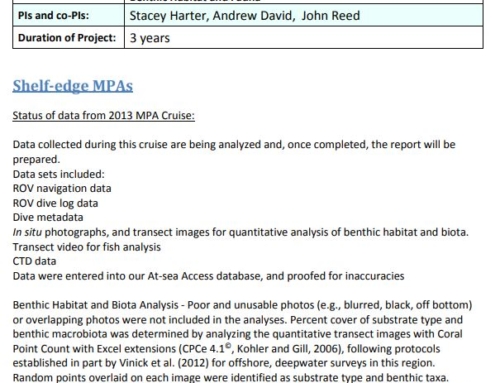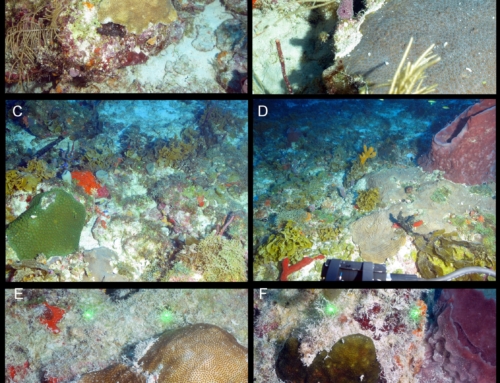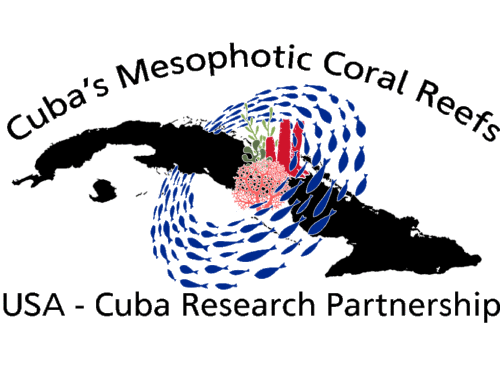Project Description
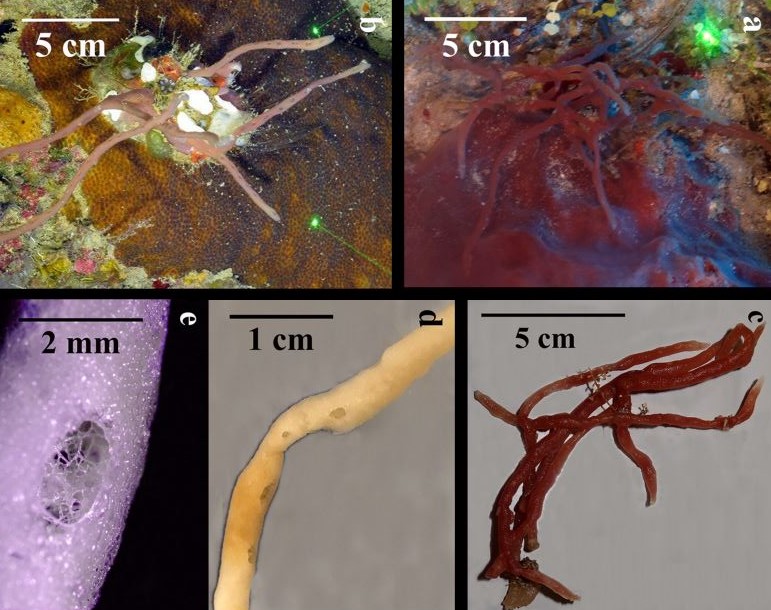
Mesophotic Sponges of the Genus Callyspongia (Demospongiae, Haplosclerida) from Cuba, with Descriptions of Two New Species
Linnet Busutil , María R. García-Hernández , M. Cristina Díaz & Shirley A. Pomponi
Abstract
This study presents the description of two Callyspongia species new to science, and the distribution of all Callyspongia species recorded during the first joint Cuba–U.S. expedition to characterize Cuban mesophotic coral ecosystems (May– June 2017). Additionally, we propose a key to identify thin branching species of the genus in the Greater Caribbean. The observations here presented are the result of underwater explorations with the Mohawk Remotely Operated Vehicle dives at 35 sites around the island, at depths of 25–188 m, recording images and videos, and collecting specimens. The depth range of five species of Callyspongia, reported before in Cuba, has been extended to deeper waters.
Two specimens of branching Callyspongia were collected and described: Callyspongia (Callyspongia) pedroi sp. nov. and Callyspongia (Cladochalina) alcoladoi sp. nov. Morphometric comparisons of external and skeletal traits show clear differences with the other Callyspongia species from the Central West Atlantic with a similar thin branching habit. Callyspongia (C.) pedroi sp. nov. consists of pinkish delicate cylindrical microconulose branches (3–6 mm in diameter, 10–14 cm long) that rarely anastomose, with relatively large oval oscules (1–3 mm in diameter), and a skeleton dominated by primary and secondary fiber reticulations, discretely cored by fusiform oxeas. Callyspongia (C.) alcoladoi sp. nov. consists of grayish, smooth thin branches (3–8 mm in diameter, 20–30 cm long), profusely dividing and occasionally anastomosing, with few spiny projections (2–4 mm wide, 2–4 cm long). Its skeleton includes a highly developed ectosomal tertiary reticulation within the secondary and primary reticulation, and fibers discretely cored by predominant mucronate oxeas. Clear morphometric differences of spicules and their skeletal reticulation distinguish these species from the other six thinly branching Callyspongia species known from the Caribbean.
Busutil, L., M. Garcia-Hernandez, C. Diaz, S. Pomponi. 2018. Mesophotic sponges of the genus Callyspongia (Demospongiae, Haplosclerida) from Cuba, with descriptions of two new species. Zootaxa 4466(1): 78-94, ISSN 1175-5334


